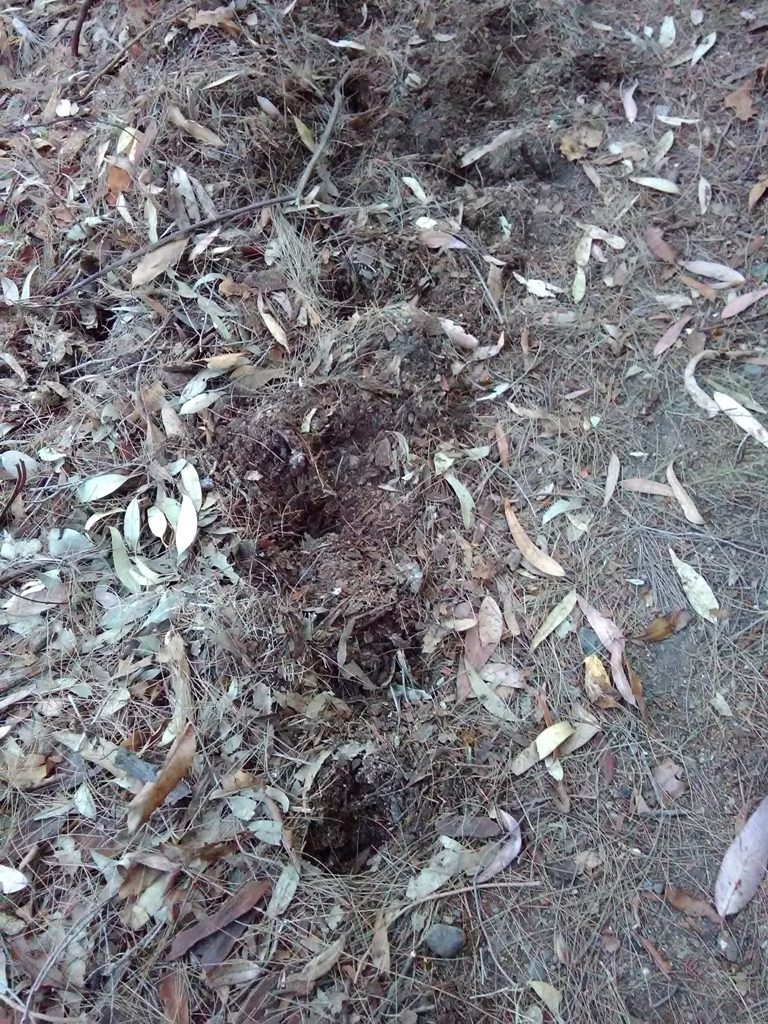Life cycles – the comings and the goings of life on Earth.
Hills and creeks are important components within living ecosystems.
Life is always changing. But it follows patterns too. Living things – including ourselves – grow, produce young, and die. There are repeating processes for non–living things as well, from mountains, rocks, and rivers to planets, comets and stars. We call all of these patterns, life cycles.
What makes it all so interesting, is that these life cycles are interlinked. Plants take nutrients and water from the soil and energy from sunlight. Animals eat plants or other animals in order to grow and survive. Many rely on animals such as insects to spread their pollen so they can make seeds and reproduce. When plants and animals die, their remains – including ours – rot or decay to become part of the soil, that will go on to nourish new plants and animals. Or vaporized into the atmosphere in the case of a cremation.
Mother Earth’s life cycles are tiny fractions of the age of the Universe, 13.8 billion years.
Let’s take a closer look at two lives closer to home. We refer to them as lives, because our ancestors considered themselves to part of these ‘beings’. We know this because of the stories and songs contained within their cultural traditions and ceremonies. And we know this because of more recent understandings contained within Earth Law findings as made in the case of giving substance to mountains and rivers in New Zealand.
First, the making, the birth of Munibung Hill. Mountains, but in this case a hill, Munibung Hill, grew up 251 million years ago. She emerged before Gondwanaland broke away from the super continent Pangea. Tectonic plates that collide with each other from deep within the earth forced the area to be pushed up, to create the Hill as we know it. Ever since Munibung Hill has been wearing down, flattening out. Now we need to state that this is independent of the human flattening out that has taken place with the extraction or mining process that has occurred over the last two hundred years or so. Put that to one side, Munibung Hill is on the move geologically, as is the whole landscape within which she rests. So that’s one aspect of Munibung Hill – the high points in terms of elevation.
The other significant, but often overlooked factor to what makes up the hill, are the creeks and streams that flow from the Hill to the Lake. Again they were and are an important aspect of indigenous culture, and as we pay closer attention, also become more important in our western ways of thinking. After all, what are streams and creeks all about, if not water, the other critically important component of what gives us life in all its abundance.
So, second, the making, the birth of the creeks began many millions of years ago. Creeks begin their life, in this case on Munibung Hill, in the upper reaches, where the ridges intersect with the valleys. Where rainwater gathers and forms small channels. As the water collects in larger and larger amounts, it seeks the lowest part of the landscape and wends its way downstream, wearing away or eroding the surrounding rock and soil, leaving deposits on its banks during flood times, creating shapes and patterns in the landscape, as it makes its way to the nearest larger water body, in this case Lake Macquarie. All the creeks originating from Munibung Hill are old, within geological time. For centuries they lived their lives relatively free of human interference, but integral to indigenous ways of knowing. It has only been in more times that we have distanced ourselves from creeks to the point where we hardly recognize them, seeing them as an obstacle to progress. Only at times of heavy rainfall do we pay much attention to them.
This is something that needs to change if we are to ever live in harmony with Mother Earth, paying her the respect she deserves and considering creeks as important components of our life support systems within larger ecosystems and catchments. We all live in catchments, without exception. We need to do our darndest to more fully understand and appreciate their roles in our lives, internalizing their values, rather than externalizing them as hindrances to our movement and freedom.
Creeks are the physical manifestation of water interacting with land, soil, rock. No water no creek you could say. In fact many creeks are dry for longer periods that they are wet and running. But they doesn’t mean they are no longer creeks. Creeks provide the means for water to travel from higher country to lower country. Two factors are involved in them being visible on the surface – running in our language. They are either the visible sign of soil that has a load of water sufficient for a quantity to be released or when the soil is saturated, they provide a pathway – a waterway – for run-off within a confined area. The watershed or catchment is the overall area within which creeks and rivers flow – either periodically, often or constantly.
Take care of waterways and they will take care of us. Ignore waterways, and we diminish our quality of life. For it is within waterways that so many species that we find fascinating live and thrive. Waterbirds and trees and fish and frogs and other aquatic species that make life interesting. The life cycle of these creatures is as important as our life cycles. There’s has a lineage dating back millions of years. Ours is very recent by comparison.



